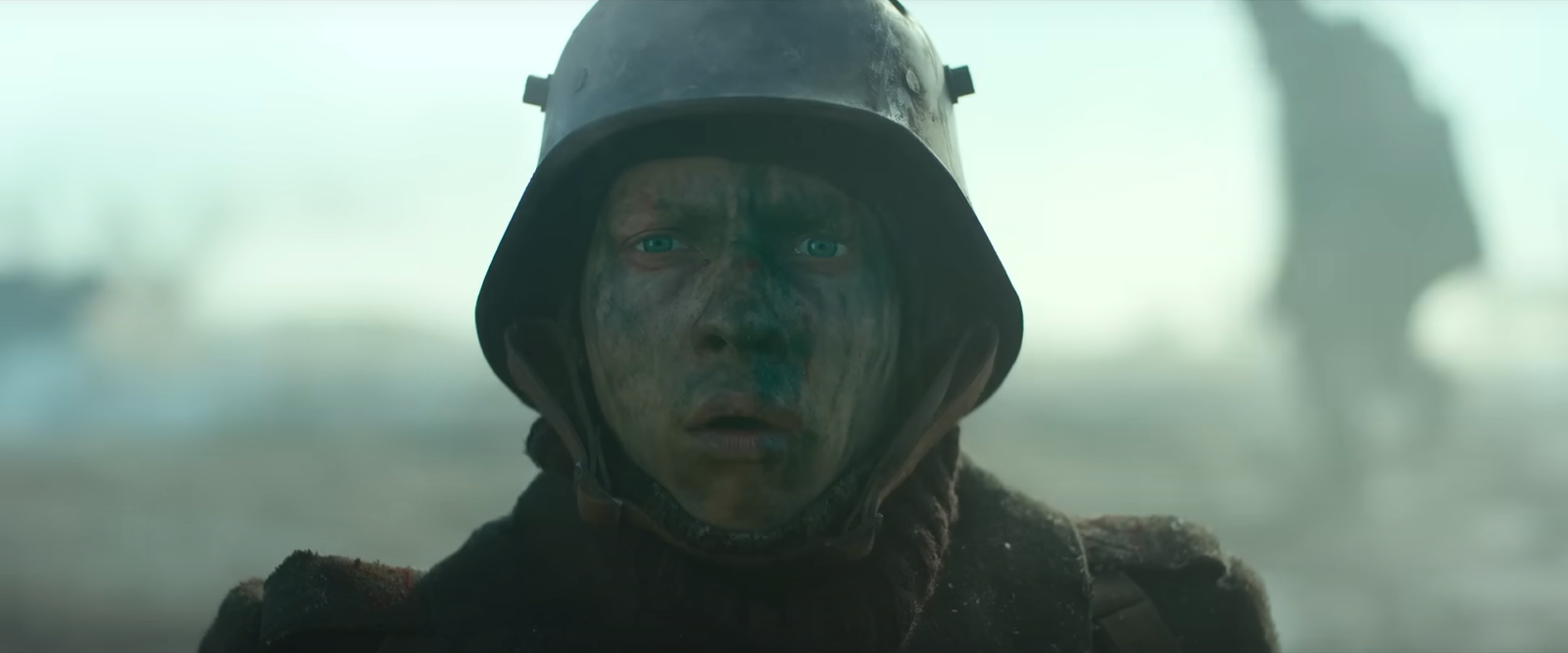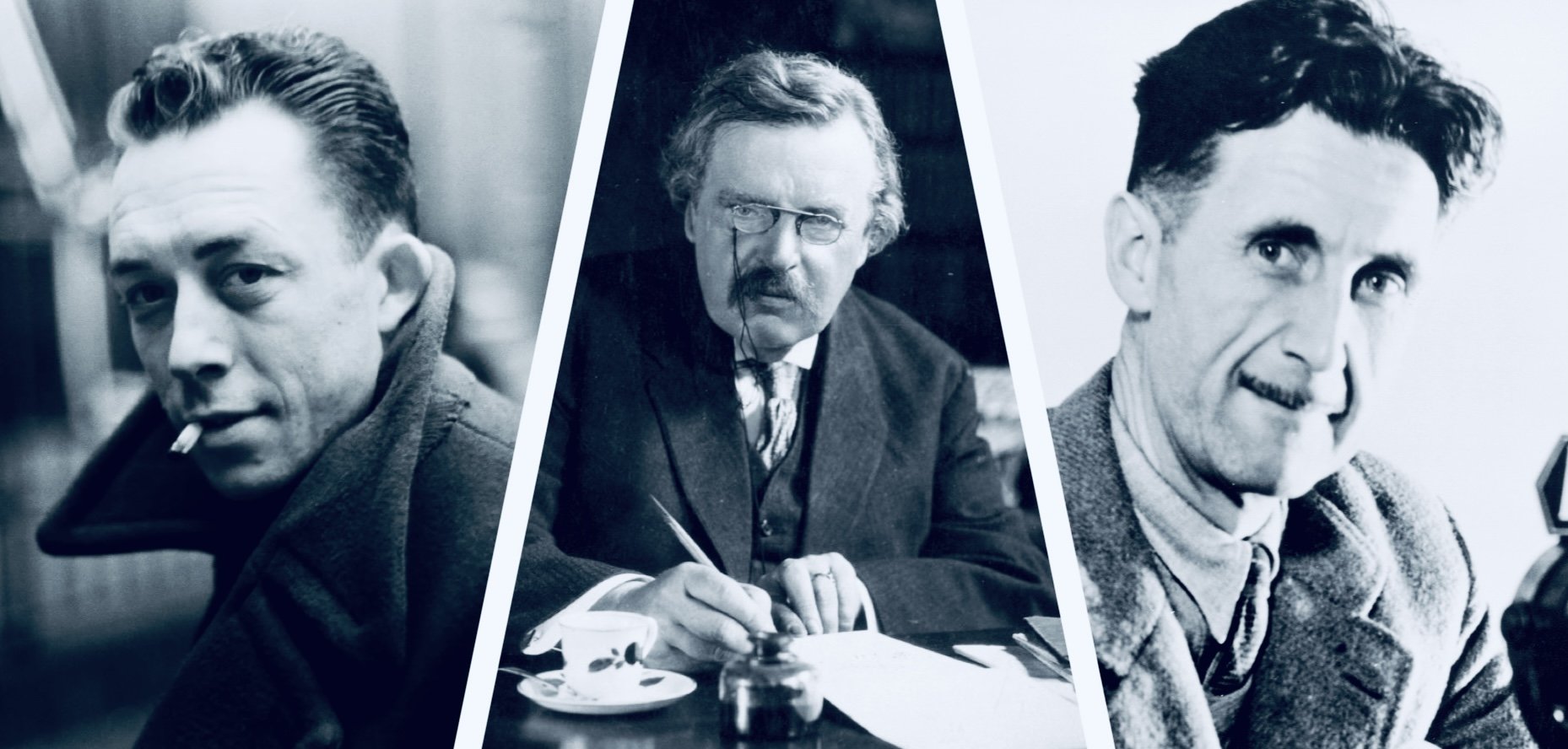What a good boy am I
/Big Jack Horner exasperates his conscience in Puss in Boots: The Last Wish
After muddling through my mixed feelings for a movie at great length, here’s a brief note on a movie that, to my great surprise, I unreservedly enjoyed: Puss in Boots: The Last Wish.
The villain of the film, Big Jack Horner—Little Jack Horner, all grown up and a titan of the pie baking industry. Jack is a gigantic, resentful businessman who collects magical baubles (Cinderella’s slipper, Mickey’s wizard cap, Aladdin’s magic carpet, Mary Poppins’s bottomless carpetbag, and numerous other Disney Easter eggs show up in his collection) and wants a magical Wishing Star’s one wish for himself. He sets out in pursuit of Puss and company with a bag full of these trinkets he intends to use as weapons.
Among them is a parody of Jiminy Cricket with a Jimmy Stewart-soundalike voice. His name according to the credits is Ethical Bug. As Jack’s misdeeds and casual cruelties stack up, Ethical Bug becomes more and more distraught. They have this exchange as Jack walks across a human bridge made of his (surviving) bakers and Ethical Bug decides to try out some therapy:
Ethical Bug: There’s good in all people, there’s good in all people… You know, Jack, maybe we oughta dig a little deeper. Tell me about your childhood.
Jack Horner: Ahhh… You know, I never had much as a kid. Just loving parents, stability and a mansion, and a thriving baked goods enterprise for me to inherit. Useless crap like that.
EB: [facepalm]
JH: But once I get my wish I’ll finally have the one thing that will make me happy!
EB: Oh, well, what’s that?
JH: All of the magic in the world. For me. No one else gets any. Is that so much?
EB: Yes!
JH: Agree to disagree.
You can watch this sequence in the first minute and a half of this clip montage. Jack, I should mention, is brilliantly voiced by John Mulaney, who makes him both evil and hilarious. He might be my favorite movie bad guy in a couple years.
One of the reasons for that is Jack’s refreshingly straightforward quality. He’s resentful—an almost Dantean picture of envy, as his wish above suggests—but not damaged. He has no tragic backstory, he is a victim of neither systems nor individuals, and he has no legitimate grievances whatsoever. He has just learned to desire what he shouldn’t have. And he flummoxes the naïve therapeutic talk of Ethical Bug. Sometimes—most of the time—people are just wicked. And far from being reduced to a simplistic bad guy, Jack is a fully rounded and believable character.
Where the trend at Disney is to explain away villainy as victimhood—think Maleficent or Cruella—Puss in Boots: The Last Wish gives us a cartoon Chigurh, or the Joker, or, more to the point given the film’s spaghetti western influences, Angel Eyes. It’s funny, it’s smart, and it strikes nearer the truth than a lot of other recent movies. Of all the Shrek films’ subversions, parodies, and outright vandalism of Disney, this may be the best.

































